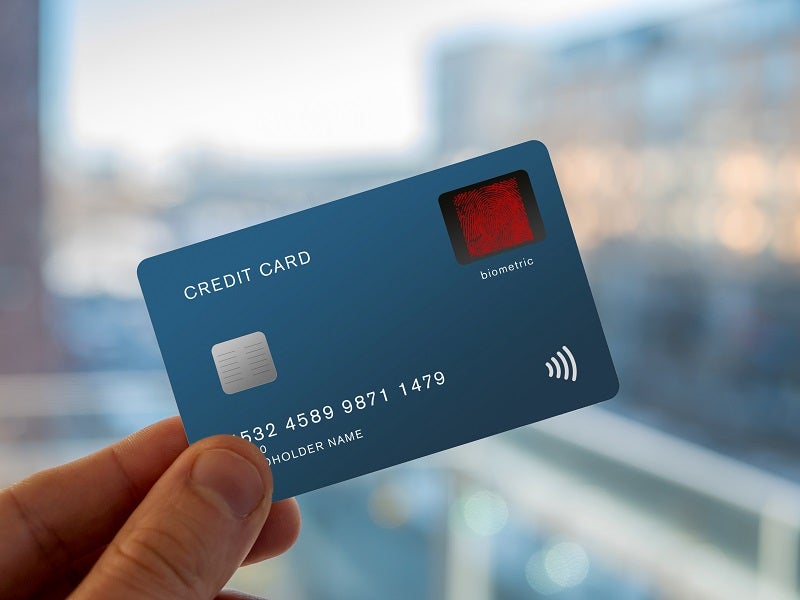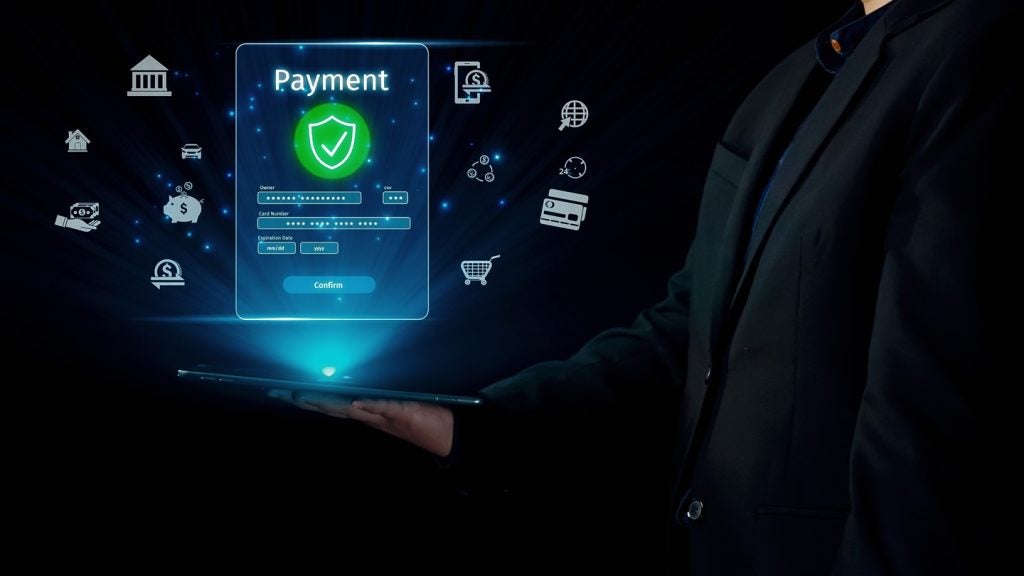
Covid-19 has made 2020 the year of fraudulent payment transactions. Vince Graziani, CEO of IDEX Biometrics ASA,
argues that biometric cards provide a practical solution

The frequency of debit and credit card fraud has risen to unprecedented levels since the start of the pandemic.
Even as many national economies falter from coronavirus, and millions of citizens struggle with job losses and debt, fraudsters haven’t stopped. In fact, it seems many have taken advantage of the disruption caused during
the crisis to aggressively pursue fraudulent transactions.
According to data from Experian and the National Hunter Fraud Prevention Service, fraud rates across all UK financial products rose by 33% year-on-year in April 2020.
Meanwhile, US banking tech firm Fidelity National Information Services found the dollar volume of fraudulent credit and debit card charges has also soared 35% year-on-year during the same period.
How well do you really know your competitors?
Access the most comprehensive Company Profiles on the market, powered by GlobalData. Save hours of research. Gain competitive edge.

Thank you!
Your download email will arrive shortly
Not ready to buy yet? Download a free sample
We are confident about the unique quality of our Company Profiles. However, we want you to make the most beneficial decision for your business, so we offer a free sample that you can download by submitting the below form
By GlobalDataFraud is also on the rise generally. In the US, fraud losses reached $16.9bns in 2019, a 15% increase on 2018’s figures.
Going through the uncertainty of Covid-19 at the same time as such a negative trajectory means that cardholders,
banks and businesses are all under intense pressure to find a sustainable and robust solution to payment fraud.
Evolving beyond passwords and PINS
Fortunately for consumers, many of the year’s fraudulent transactions were caught by global banks and financial services before they hit cardholders directly.
However, this doesn’t deter from the fact that an ongoing spike in fraudulent activity still presents a big challenge for both consumers and banks.
What banks and card issuers need to do is instil a sense of trust – a level of confidence among their customers that they’re being protected in a proactive, rather than reactive, way.
Sticking with the status quo is no longer an option. There needs to be a visible evolution from passwords and PINs, which have now become so synonymous with card and payment insecurity.
Strengthening relationships
Fingerprint authorisation ensures the security of the card by allowing access solely to the card owner, significantly reducing the potential for fraud to occur.
In addition, biometric fingerprint payment cards also deliver end-to-end encryption, which further secures the user’s card and data.
With the public facing uncertainty around almost every corner, improved security is a significant market differentiator.
It allows card issuers to simultaneously instil levels of confidence in valued customers, while offsetting the effects of
a struggling economy.
Biometric payments cards are set to strengthen both relationships and reputations. However, time is of the essence, and tangible action is required now.
By adopting fingerprint biometric payment cards, card issuers can quickly attack the issue on four fronts: crime prevention, privacy, cost saving and convenience. Ultimately this method of authentication will offset the criminal challenge at hand, while also protecting end users.
Using fingerprint biometrics
The challenge of fraud is met by linking the owner – physically – to their card via fingerprint authentication. End-to-end
encryption further secures the card and person’s data to make an unequivocal connection between person and object. When combined these two aspects ensure that criminal misuse or fraud is not an option.
Importantly, biometric fingerprint cards also provide consumers with very high levels of privacy. All fingerprint data is held securely on the biometric card, not in a shared database.
The card owner’s fingerprint image is immediately transformed into an abstract biometric template, which is then matched and stored in the card’s secure element (SE). Therefore, the full fingerprint image isn’ts tored, and the data never leaves the card.
For consumers, the financial benefits of not being defrauded are obvious, but for providers too, fingerprint biometric cards last longer than traditional cards to offer a layer of enhanced ROI.
It is also no secret that modern consumers increasingly demand faster and more efficient transactions. Responding to this, fingerprint biometric cards also boast convenience through the sheer speed, as they are no more complicated
to use than tapping a contactless payment – which shoppers are used to.
In fact, touch-free payments have recently become second nature for consumers to tap their card to pay for goods and services. The increased authorisation removes the need for PINS all making the transaction process faster.







